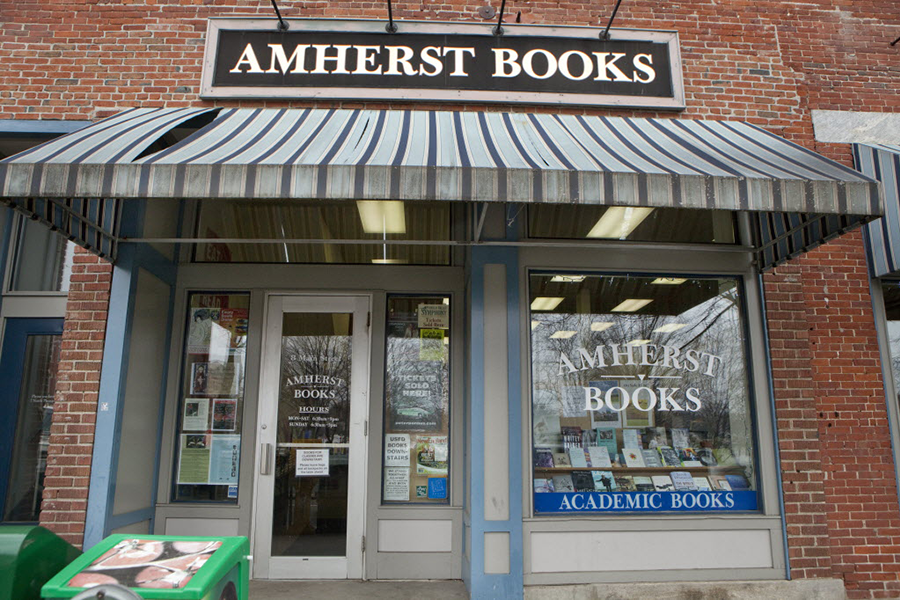Indie bookstores are on the rise: What's behind their comeback?
Loading...
Eight years ago, independent bookstores were supposed to be ancient history, thanks to a lethal triple whammy: competition from large brick-and-mortar chains like Barnes & Noble and Borders, surging e-book sales, and the growth of the indomitable book behemoth, Amazon.
And for years, indies did appear to be goners. Between 2000 and 2007, some 1,000 independent bookstores closed, according to the American Bookseller Association (ABA).
It was enough for some news outlets to declare "The Death of the Independent Bookstore."
But that wasn't the end of the story. After a precipitous fall, indie bookstores are making a quiet, but sure, comeback. In fact, the number of independent bookstores has increased 25 percent since 2009, according to the ABA. What's more, sales are up, too.
For many, it's been a surprising – and welcome – plot twist.
"The Independent Bookstore Lives!" trumpeted Salon. "The Bookstore Strikes Back," declared The Atlantic. "Indie Bookstores Aren't Dead," announced the Huffington Post.
Like Chicken Little declaring the end of the world, it turns out the death knell of indies was exaggerated.
Since observers predicted the downfall of the independent bookstore, it was Borders, not the indies, that went out of business; Barnes & Noble has struggled; and e-book sales have leveled off, leaving print books as the most popular medium of choice, as the AP points out.
Why have independent bookstores persisted even as larger book giants around them falter or fall?
For starters, the resurgence of indies dovetails with the "buy local" movement.
As Monitor staff writer Yvonne Zipp explains in "The novel resurgence of independent bookstores," "Independent bookstores are what urbanists call 'third places,' like farmers' markets, that add to a community's sense of identity. And like farmers' markets, some customers come for the atmosphere...."
"These days, community-building is the most important key to an indie bookstore's success," Christine Onaroti, owner of indie bookstore WORD in Brooklyn, told the Monitor.
Some also credit their resurgence to a successful transition to younger owners who are creative and tech-savvy. These owners leverage social media to advertise and use mediums like Kickstarter to crowdsource fundraising for – and build interest in – their stores.
“A decade ago, when people were ready to retire, they couldn’t find anyone to take over and ended up closing the business,” ABA CEO Oren Teicher told the AP. “Now, some of the most prominent stores in the country have changed owners. And the new owners bring a whole new sense of energy – they’re more tech savvy and sophisticated. Their energy is contagious. They give everyone else a sense of possibility for their business.”
And finally, in a twist of irony, the explosive growth of the digital landscape has, counterintuitively, rendered print books and the community booksellers who peddle them, novel and refreshingly real.
As NPR put it, publishers and booksellers have "begun to embrace the 'bookiness' of their products."
"The demise of traditional print books has been a bit overblown," Jim Milliot, coeditorial director for Publishers Weekly magazine, told the Monitor in 2013.
Now, it appears the same could be said of independent bookstores.








